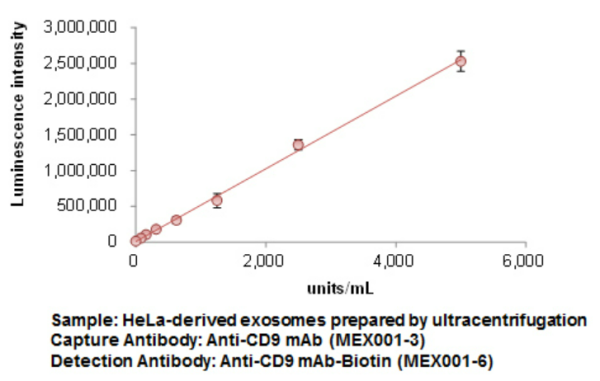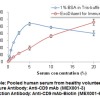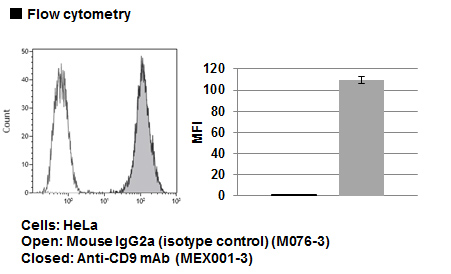| Description/Background | CD9, a member of the tetraspanin or transmembrane 4 super family (TM4SF; CD37, CD53, CD63, CD81, CD82, etc) of proteins, is widely distributed on the surface of a variety of hematopoietic and epithelial cell types. Several members of the tetraspanin family, including CD9, form noncovalent associations with integrins, particularly β1 integrins. CD9 and other tetraspanins have been postulated to participate in the regulation of cell growth, motility, and signaling via their physical association with integrins. CD9 has broad tissue distribution and may play multiple roles in a variety of cellular processes such as immune response and tumorigenesis, but its function has not been elucidated entirely. It is reported that the tetraspanins CD9, CD63 and CD81 are highly enriched on a certain type of extracellular vesicles, called exosome. Because of various exosome features, CD9, one of the representative exosome surface proteins, is thought to be related to cell-cell communication. |
|---|


















